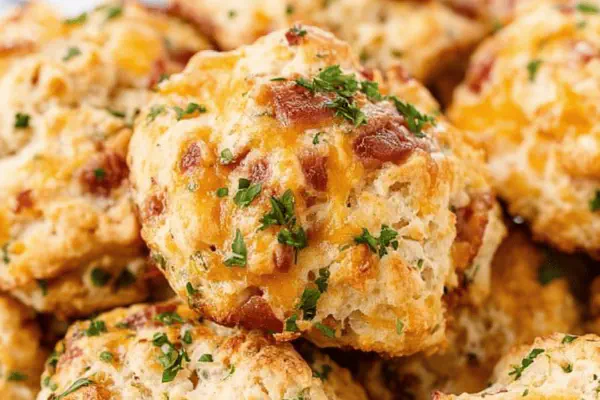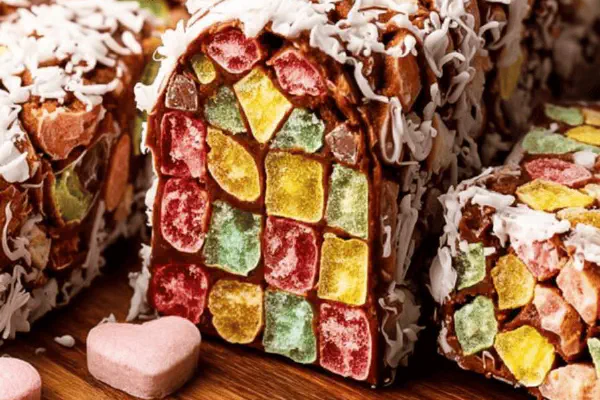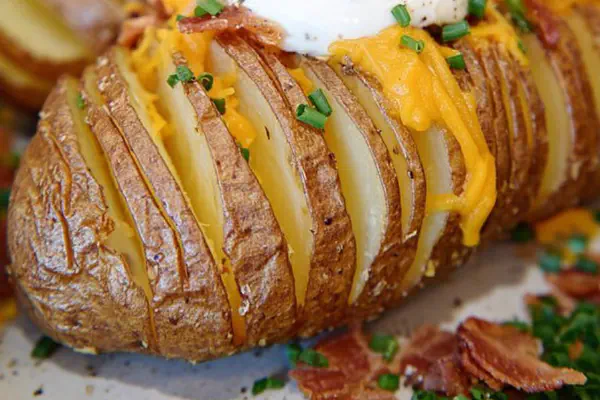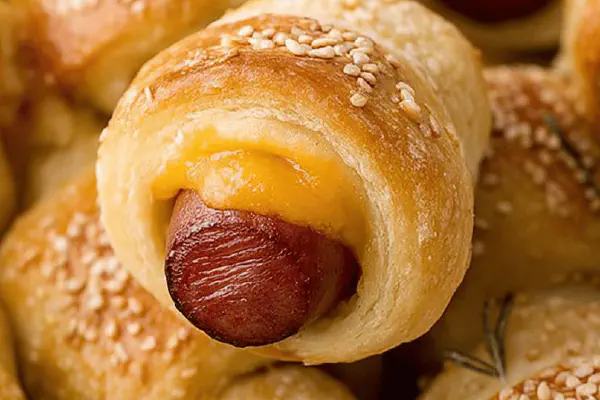Stuffed Pepperoni Pizza Rolls
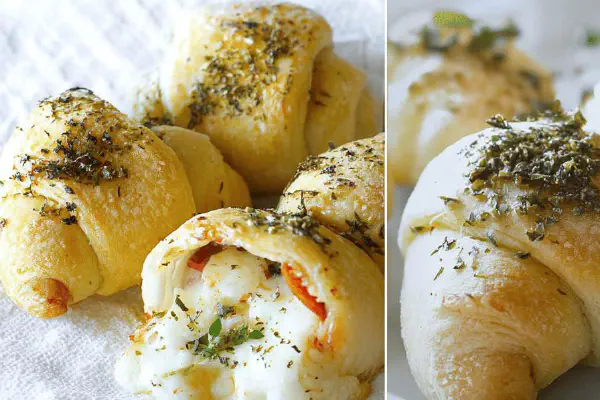
By Emma
Certified Culinary Professional
Ingredients
- 1 can refrigerated crescent roll dough
- 40 slices pepperoni (or sub turkey pepperoni or vegetarian pepperoni slices)
- 1 cup shredded mozzarella cheese (swap half with provolone or cheddar for sharpness)
- 1/4 cup pizza sauce (store-bought or homemade, optional)
- 2 tablespoons melted butter
- 1 teaspoon garlic salt
- Optional: diced green bell pepper or olives tossed with pepperoni
- Silicone baking mat or parchment paper for baking
About the ingredients
Method
- Preheat oven to 370 degrees Fahrenheit (lowered slightly to avoid burning base). Prep the baking sheet with silicone mat or parchment paper. Without lining, rolls might get too dark on the bottom; I learned this the hard way.
- Separate crescent dough into 8 triangles. Leave triangles wide side on the baking sheet. This is where fillings go.
- Add a thin layer of pizza sauce (if using) to wide edge, then layer a few pepperoni slices. Scatter any optional veggies here. Don’t overload, or dough won’t roll well. Top generously with mozzarella blend.
- Fold the long ends slightly inward so toppings don’t escape during baking. Roll from wide end to point, like a little croissant. Pinch the tip firmly to seal. If not well sealed, cheese might ooze out—burns the pan and makes a mess.
- Place rolls point-side down on baking sheet, spaced evenly. Optional: brush a bit of melted butter on top before baking for a golden crust.
- Bake 13-16 minutes. Look for golden brown tops with just slight puff. Dough will sound hollow when tapped. Ovens vary, so trust sight and feel more than clock.
- Remove from oven. Immediately brush tops with leftover melted butter to lock moisture in and add flavor. Sprinkle garlic salt evenly to mimic classic garlic bread notes.
- Serve warm with extra pizza or marinara sauce for dunking. Let cool 3 minutes so cheese sets but still gooey inside. Too hot—burn mouth. Too cool—cheese clumps and less enjoyable.
Cooking tips
Chef's notes
- 💡 Dough thickness matters a lot; thin enough to roll but thick enough to hold fillings. Handle gently! Overstretching leads to tears. Seal edges firmly or cheese leaks burn the pan. Folding edges inward traps that filling better. Use finger pressure to pinch point tight. Roll slow, don’t rush or dough breaks. Extra pinch helps retain moisture inside.
- 💡 Butter brushing—apply melted butter after baking, not before. Butter on raw dough burns too fast. Post-bake brushing locks moisture, keeps tops soft but slightly crisp. Garlic salt on warm butter replicates garlic bread aroma without fresh garlic hassle. Sprinkle evenly then watch that smell fill the kitchen, subtle but noticeable.
- 💡 Oven placement is critical. Middle rack or slightly lower avoids burnt bottoms. Too high and top browns too fast, bottom undercooked. Baking sheet lined with parchment or silicone mat prevents sticking but watch if rolls slide or shift. Center oven for even heat, avoid hot spots. Rotate sheet midway if browning uneven.
- 💡 Don't overload peppers or veggies. Add optional diced bell pepper or olives sparingly. Dense filling breaks dough seal or stops rolling smooth. Pepperoni slightly overlapped but not stacked thick; too thick stops dough closure. Cheese mix adds flavor balance; half mozzarella half provolone or cheddar gives sharper bite and melts differently.
- 💡 Watch for visual and auditory signs. Rolls puff slightly, tops turn golden brown. Tap dough base; hollow sound means done. If soft or dough pale, more bake needed. Timing varies with dough thickness and oven quirks, so rely on these sensory clues. Pull early if bottoms not golden but top is dark, adjust rack. Let rest 3 minutes before eating for cheese to set but still gooey.
Common questions
How to prevent soggy bottoms?
Bake on silicone mat or parchment only, avoid direct hot sheet contact. Lower rack position slows bottom heat. Butter brush after baking, not before, helps crust dryness. Also don’t overload fillings they release moisture. Roll tight, seal edges well keeps juices trapped up top.
Can I use different meats?
Yes switch pepperoni with turkey or vegetarian slices easily. Taste changes but cook same. Remember meat moisture affects dough thickness handling. Cook time similar but watch for extra seepage from water-heavy fillers. Cheese blends help mask mild flavor shifts.
What causes cheese leaks?
Usually poor seals on dough edges. Folding edges inward stops cheese oozing out. Pinch the pointed ends firmly. Overfilling makes rolling difficult, so less is more here. If cheese escapes, mess forms plus burnt residue on pan. Use gentle finger pressure and don’t rush rolling step.
Best way to store leftovers?
Cool fully then store airtight in fridge up to 3 days. Reheat in oven or toaster oven maintains crispness better than microwave. You could freeze after baking, wrap tightly; thaw and reheat same way. Avoid reheating directly from freezer or cheese melts unevenly, soggy texture follows.
